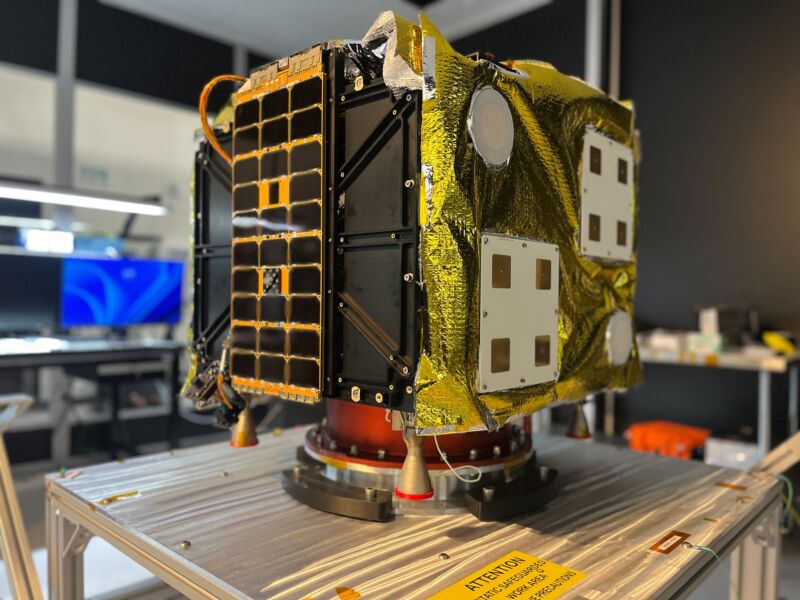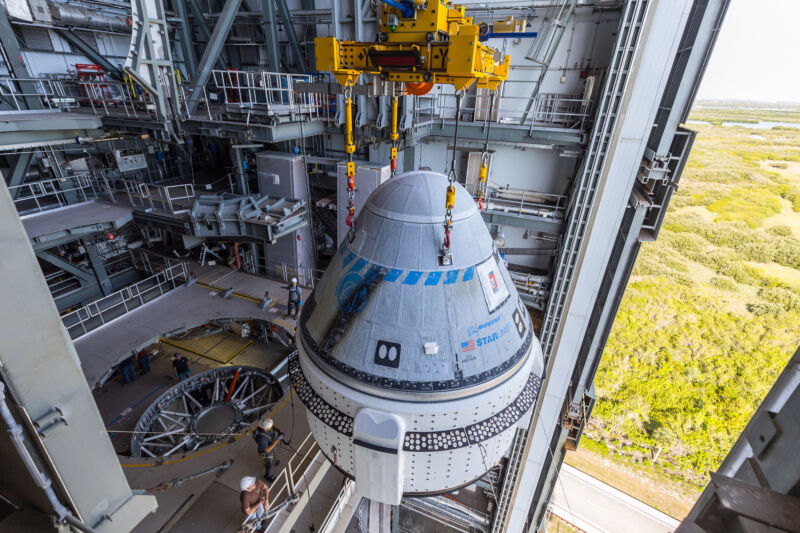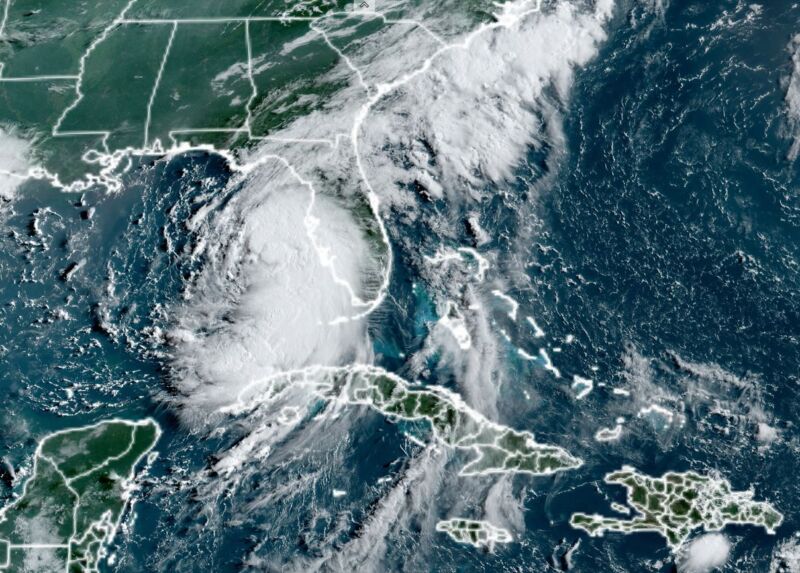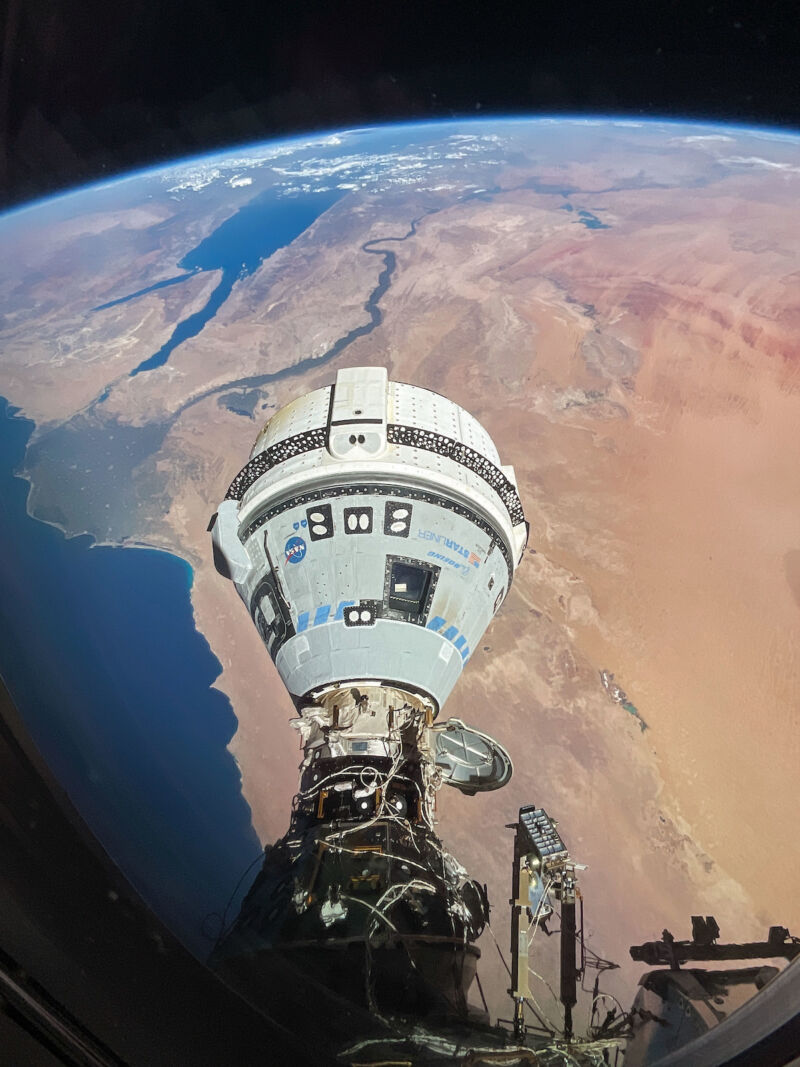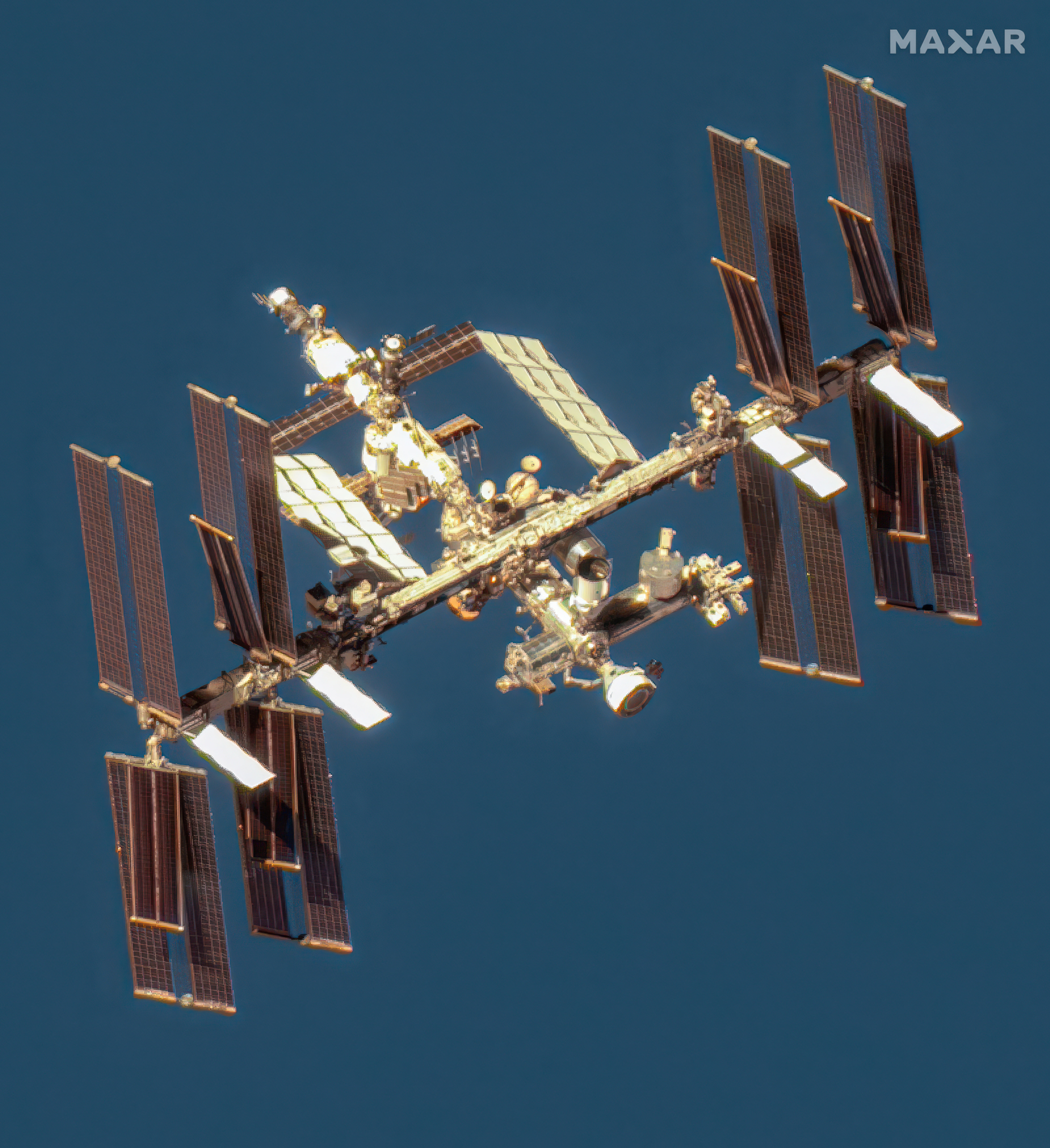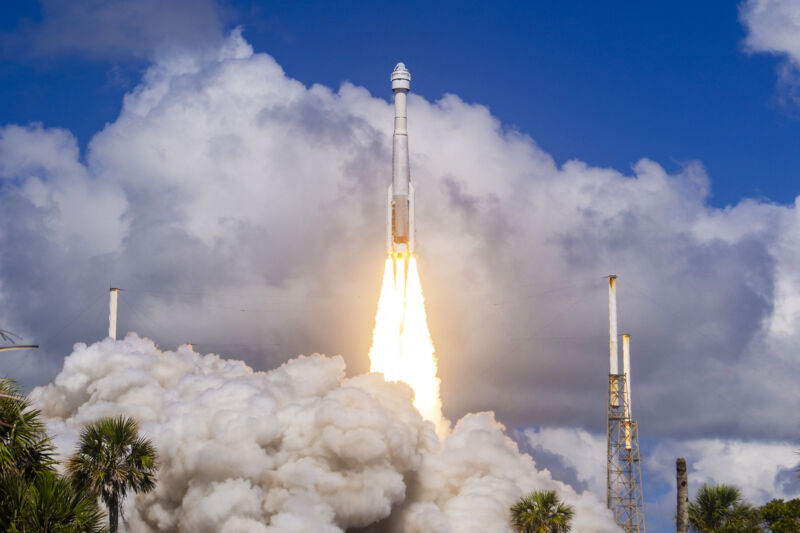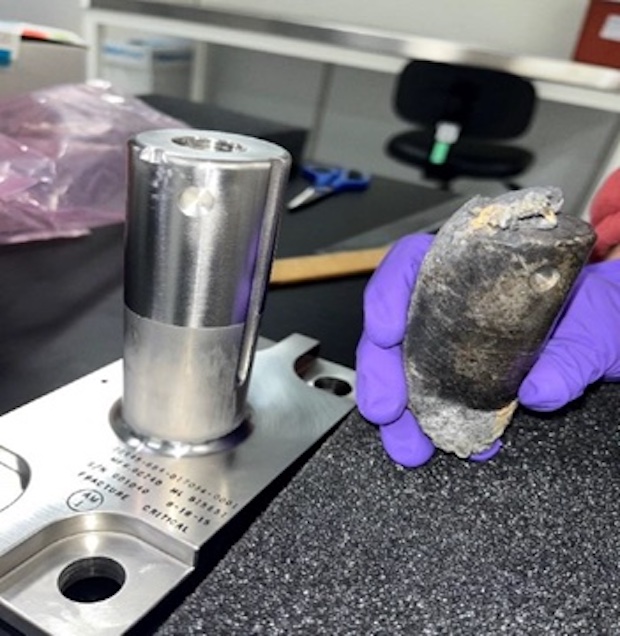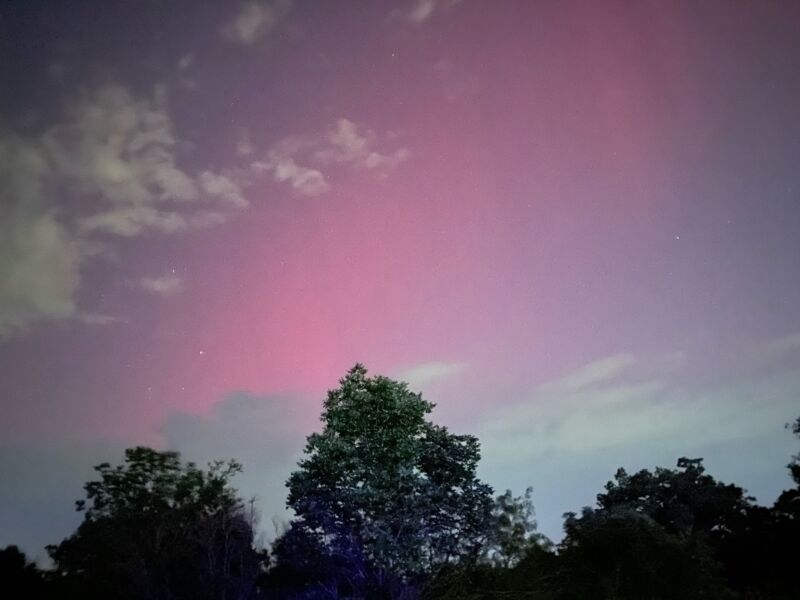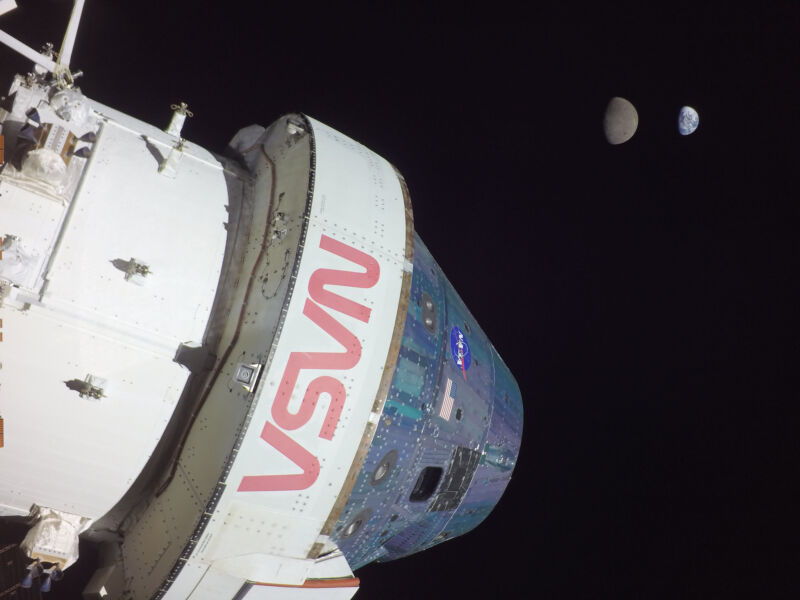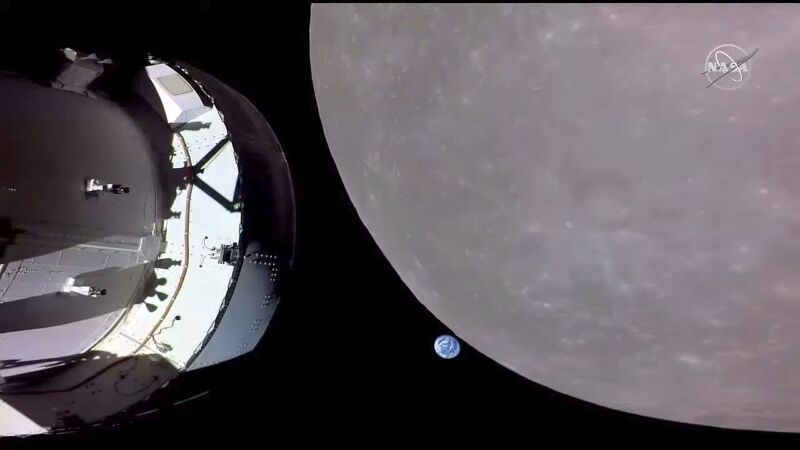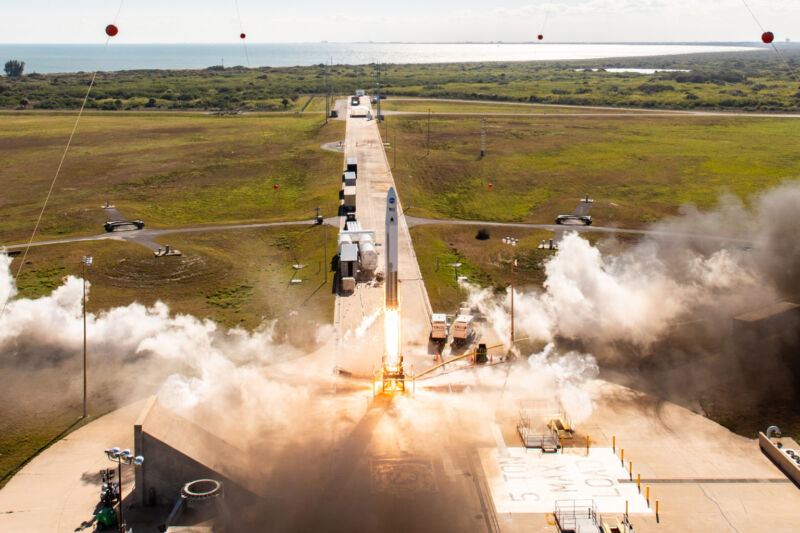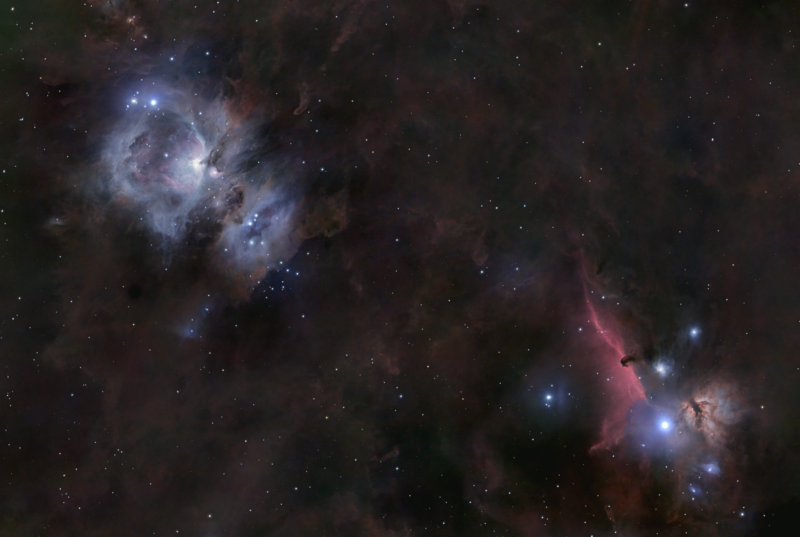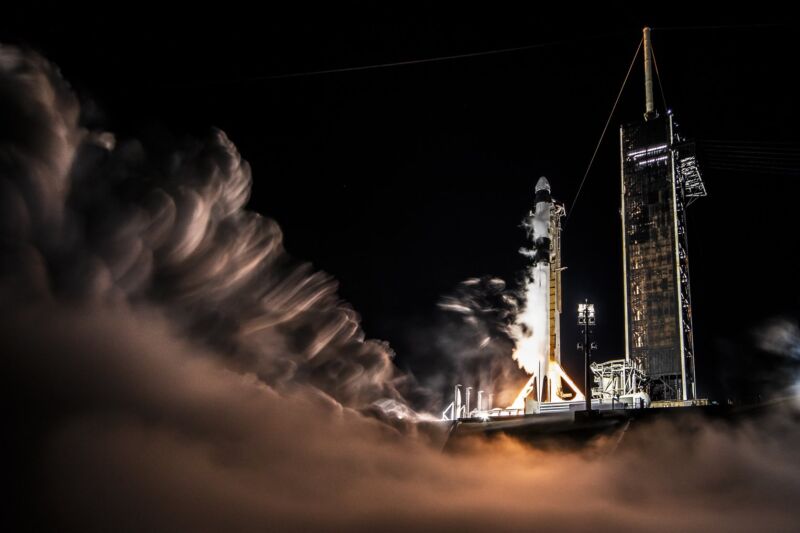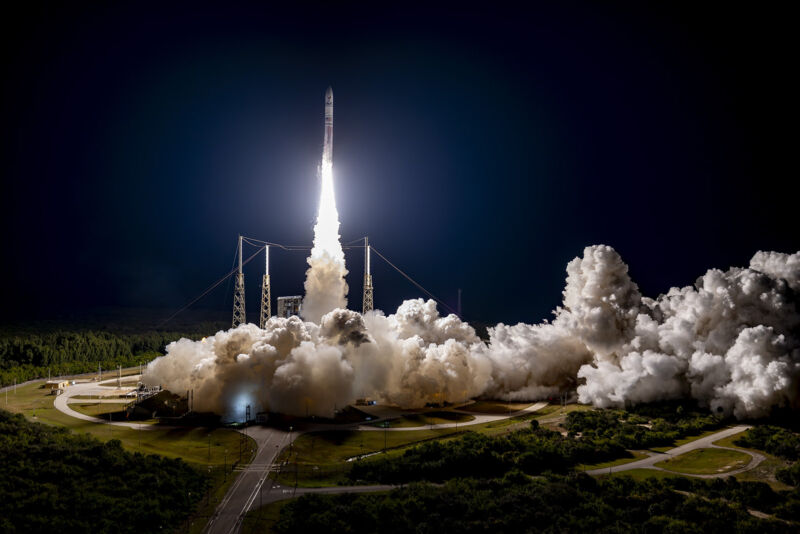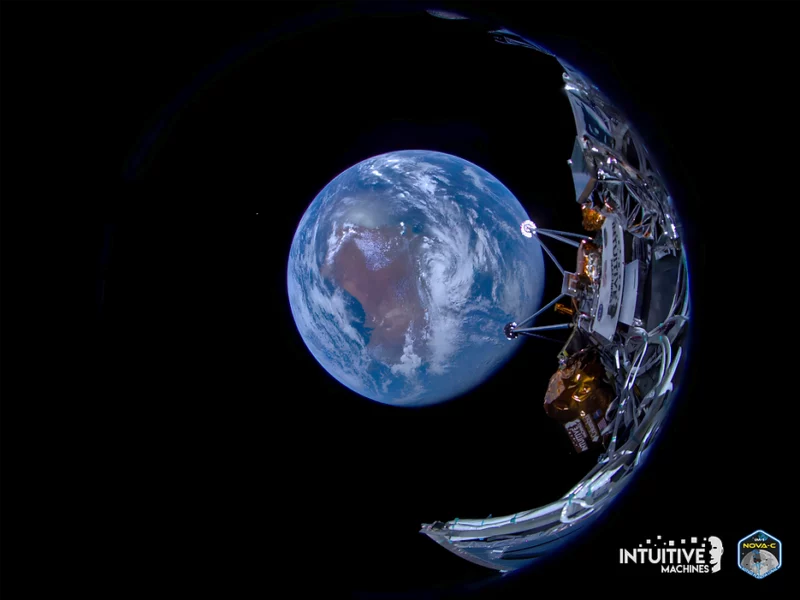Against all odds, an asteroid mining company appears to be making headway

Enlarge / The Odin spacecraft passed vibration testing. (credit: Astro Forge)
When I first spoke with space entrepreneurs Jose Acain and Matt Gialich a little more than two years ago, I wondered whether I would ever talk to them again.
That is not meant to be offensive; rather, it is a reflection of the fact that the business they entered into—mining asteroids for platinum and other precious metals—is a perilous one. To date, NASA and other space agencies have spent billions of dollars returning a few grams of rocky material from asteroids. Humanity has never visited a metal-rich asteroid, although that will finally change with NASA's $1.4 billion Psyche mission in 2029. And so commercial asteroid mining seems like a stretch, and indeed, other similarly minded startups have come and gone.
But it turns out that I did hear from Acain and Gialich again about their asteroid mining venture, AstroForge. On Tuesday the co-founders announced that they have successfully raised $40 million in Series A funding and shared plans for their next two missions. AstroForge has now raised a total of $55 million to date.

